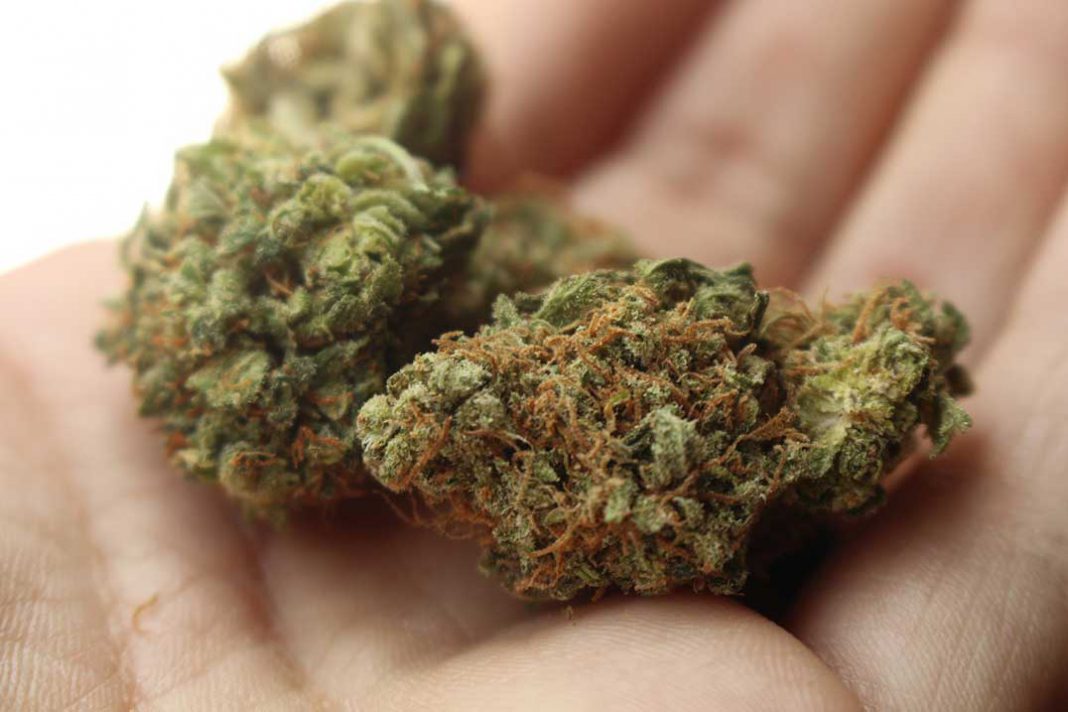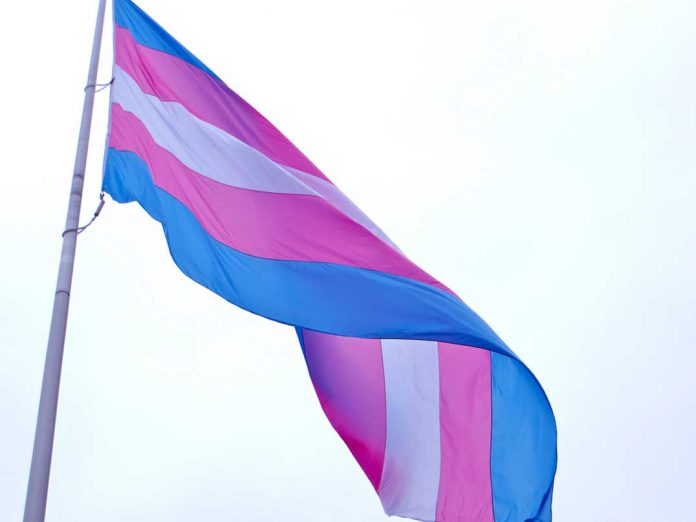CANADA—Today is the day: As of Wednesday, October 17, cannabis is now legal across Canada. There are some important details you should know to ensure you and your community can safely enjoy the substance in a responsible way.
What’s in a name?
Speaking at the Whitefish River First Nation (WRFN) cannabis conference last weekend at the Manitoulin Hotel and Conference Centre, Dr. Lionel Marks de Chabris said that in the early 20th century, cannabis transitioned from a medicinal treatment tool to a vilified substance. This was enhanced by campaigns that affected public perceptions of the drug, such as referring to it as marijuana, a Mexican slang for cannabis. This was effective in alienating the drug as a foreign, untrustworthy substance that was to be the enemy of traditional American ideals.
The U.S. Federal Bureau of Narcotics director in the 1930s considered contemporary musicians, many of whom were black, as examples of the harmful effects of marijuana because of the ‘satanic’ jazz and swing music they produced.
The racist implications of the word marijuana have led many groups to prefer the word cannabis when referring to the substance.
Who can get cannabis?
In Ontario, anyone aged 19 and over will be able to purchase cannabis products. The Ontario Ministry of the Attorney General says this was chosen to align with age restrictions on alcohol and tobacco purchases.
Although some studies have suggested cannabis can impact the developing brain until age 25, the government says it did not opt for a higher age partly because that could continue to foster illegal cannabis sales.
Customers have to present proof of age in order to accept their cannabis shipments.
I’m thinking of trying cannabis for the first time:
What should I know?
Doctors and Health Canada agree that the best way to start using cannabis is by following the mantra, ‘start low and go slow.’ If you do not know how a particular strain of cannabis affects your system, it is best to start in small doses and move higher if and when you feel comfortable.
Health Canada recommends you choose products with lower amounts of delta-9-tetrahydrocannabinol (THC)—the psychoactive component in cannabis—and those that have an equal or higher amount of cannabidiol (CBD), an anti-inflammatory agent that gives cannabis the bulk of its health benefits and can counteract the effects of THC.
Cannabis can affect you at different times, depending on how you consume it. Smoked or vapourized cannabis can begin to work within seconds to minutes, whereas edibles may not start to work for 30 to 90 minutes. Oil taken under the tongue can work within five to 30 minutes.
The length a high will last is also different, depending on the consumption method. Oils and edibles can last as long as 12 hours and smoked or vaporized cannabis can last up to six hours.
What about my job?
It is best to check with your employer to see if there are any specific restrictions on cannabis use. If you are working in a safety-sensitive position or one that involves operating any sort of equipment or machinery, it is likely safer to avoid cannabis use because of any potential lingering effects. The Royal Canadian Mounted Police (RCMP), for example, is imposing a controversial 28-day exemption period between cannabis use and working a shift. The Ontario Provincial Police (OPP) has said its employees must show up for work “fit for duty.”
Are there any side effects?
Side effects vary depending on the strain you take, how much you consume, how you consume it and how your body processes the active compounds. Effects can range from impaired memory and judgment, sleepiness, nausea or vomiting and anxiety, fear or panic.
Is cannabis addictive?
It is important to remember that any substance can be addictive. Studies have shown that approximately nine percent of cannabis users will become addicted. That puts it on par with caffeine addiction and below both alcohol and cocaine addiction, which each sit at roughly 15 percent.
Where can I get cannabis?
The only way to legally buy cannabis in Ontario is through the Ontario Cannabis Store, an online retailer that will ship products to purchasers’ homes. Starting today, customers can order both dried and fresh cannabis as well as cannabis oil. Other products, such as edibles, will be available in the future.
As early as April 1, 2019, retail storefronts will be able to host in-person sales of cannabis products. Proposed provincial legislation states that municipalities that do not want a cannabis store within their boundaries can apply to block cannabis retail outlets from opening. The window to apply for the exemption closes on January 22, 2019.
First Nations will not have a deadline before which they must apply to block retail outlets, if they so choose. They can also apply to exempt addresses within their boundaries from receiving Ontario Cannabis Store deliveries.
Can I produce my own cannabis?
Yes. Each household may grow up to four plants for personal consumption. Clients with a doctor-issued medicinal cannabis prescription will be able to grow different amounts based on the details of their prescriptions.
How much cannabis can I have at one time?
The possession limit for recreational cannabis is 30 grams. This is also the maximum legal purchase amount. Charges for being caught with more than 30 grams at any given time can range from a ticket to five years less one day in jail.
Where can I use cannabis?
Generally speaking, you can smoke or vape cannabis anywhere you consume alcohol, with some exceptions. You cannot use cannabis in enclosed indoor areas or within common areas in apartment buildings or school campuses.
You cannot smoke or vape cannabis within 20 metres of schools or playgrounds, or anywhere that childcare is provided—this includes home daycares, regardless of whether children are present at the time or not.
Smoking or vaping cannabis is also prohibited on hospital grounds, publicly-owned sports fields (except golf courses) and all vehicles, including boats.
What penalties can I face for violating the regulations?
The legal limit is five nanograms of THC per millilitre of blood. If alcohol is also present, the limits will be 50 milligrams of alcohol per 100 millilitres of blood and 2.5 nanograms of THC per millilitre of blood.
For users caught driving within two hours of having an illegal amount of the drug in their bloodstream, penalties stretch from a $1,000 fine to life in jail, depending on the circumstances surrounding the incident.
Illegal distribution or sale, giving or selling cannabis to youth, using youth to commit a cannabis-related offence, growing cannabis beyond the legal limits or using dangerous organic solvents in growing the plants can all be punished as severely as 14 years in jail.
Taking cannabis across international borders can also be punished with up to a 14-year prison sentence, including moving product to other jurisdictions where cannabis is legalized.
What controls do municipalities have?
Municipalities will be able to opt-out of having a cannabis retail outlet, provided they file their application by January 22, 2019.
“The marijuana legalization question raises a lot of challenges for municipalities,” says Northeast Town Councillor Michael Erskine. “On the one hand we are trying to find the best way forward for our communities, but on the other hand we don’t have all of the information we need to chart a course forward.”
Details are still being sorted out on the provincial level as to what the regulations should look like, which has municipalities struggling to keep up with the province’s decisions.
“I am really quite worried about it,” says Killarney Councillor Jim Rook. “It looks like there will be a lot of extra costs to municipalities, but will there be money coming from the province or the federal government to help deal with those costs? They are talking about at least $10,000 a municipality, but is that only if the municipality opts into allowing retail sales? We still don’t know the answers to that question.”
Councillor Erskine also says having adults smoking cannabis on the streets raises a host of further questions as to how to manage the substance, as opposed to alcohol which can only legally be consumed in private residences or in licensed premises.
Final thoughts
Generally speaking, it is wise to approach cannabis as you would any other mind-altering substance—with common sense and a nod to caution. Health Canada advises users to never drive while high, never go to work impaired, only buy from legal sources, know the rules about where you can use cannabis in your community and do not carry more than the 30-gram legal limit unless you have medical authorization.
For full details on Ontario’s cannabis policies, see the government website at:
Ontario.ca/page/cannabis-legalization.




